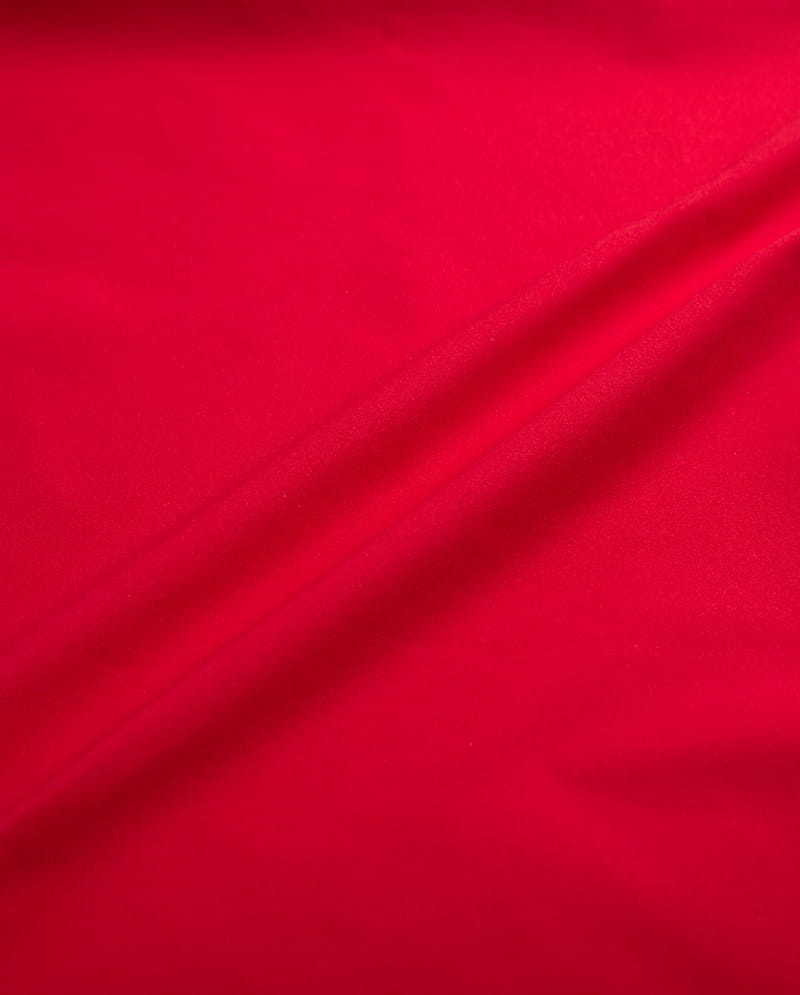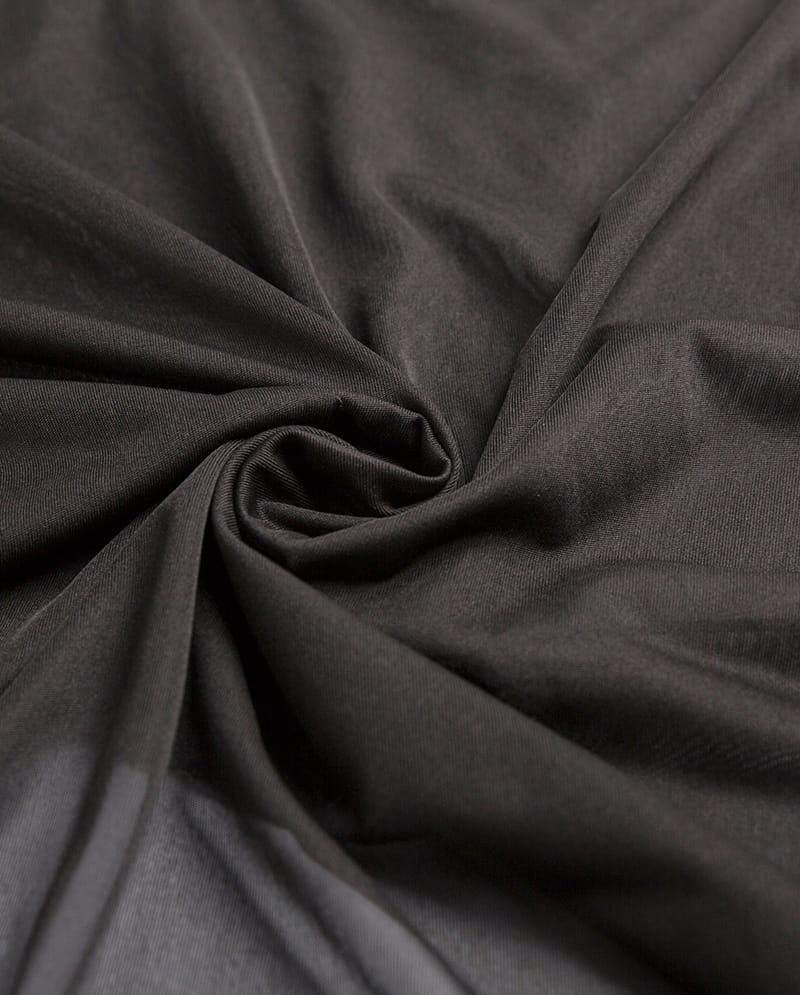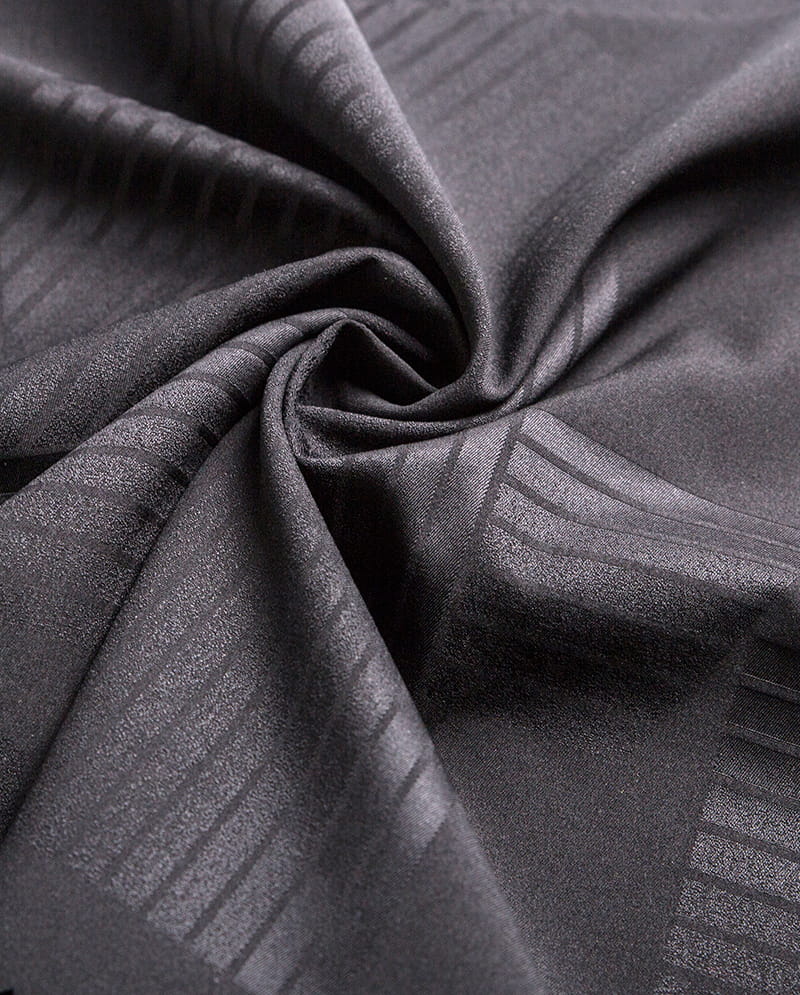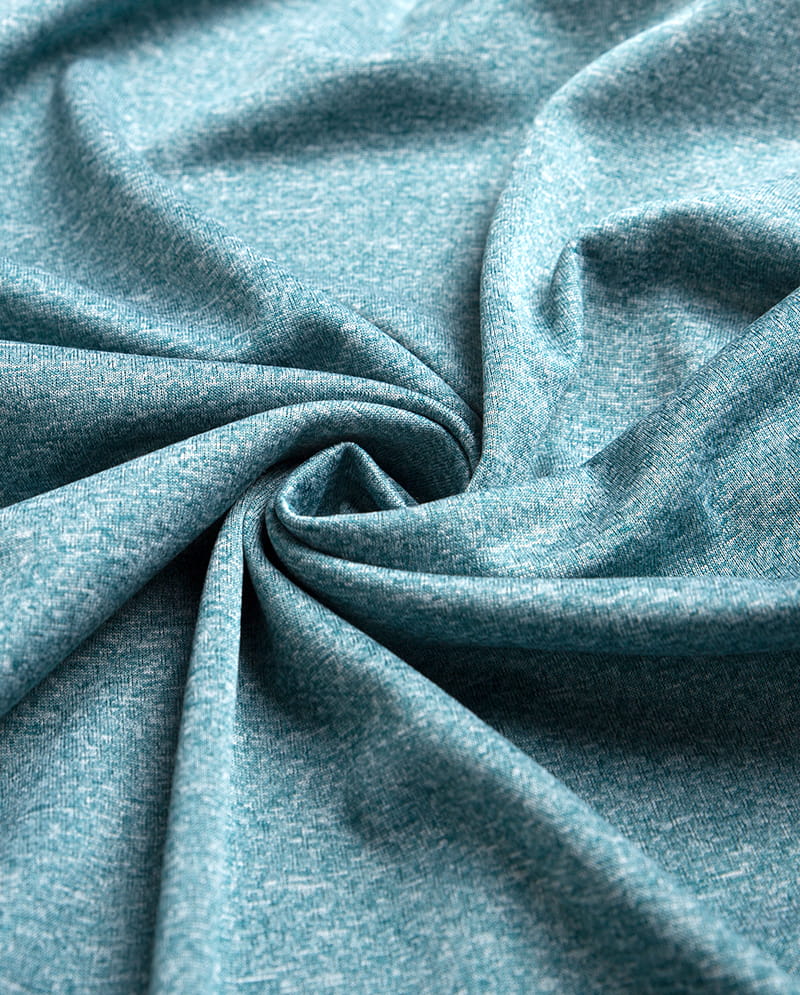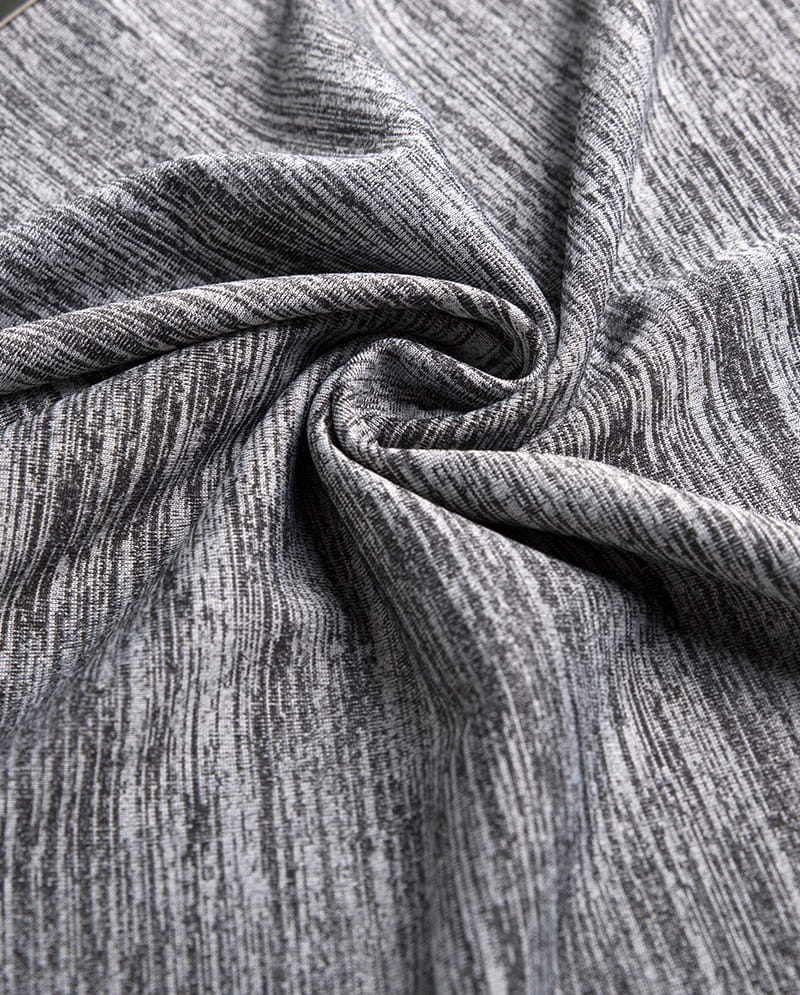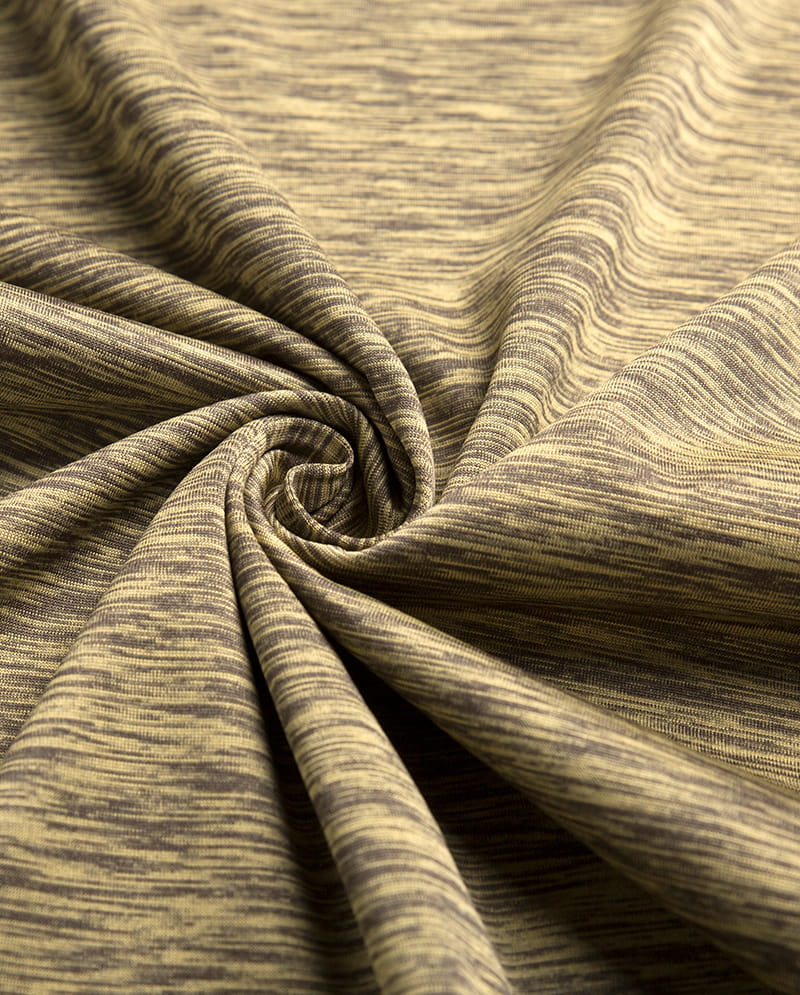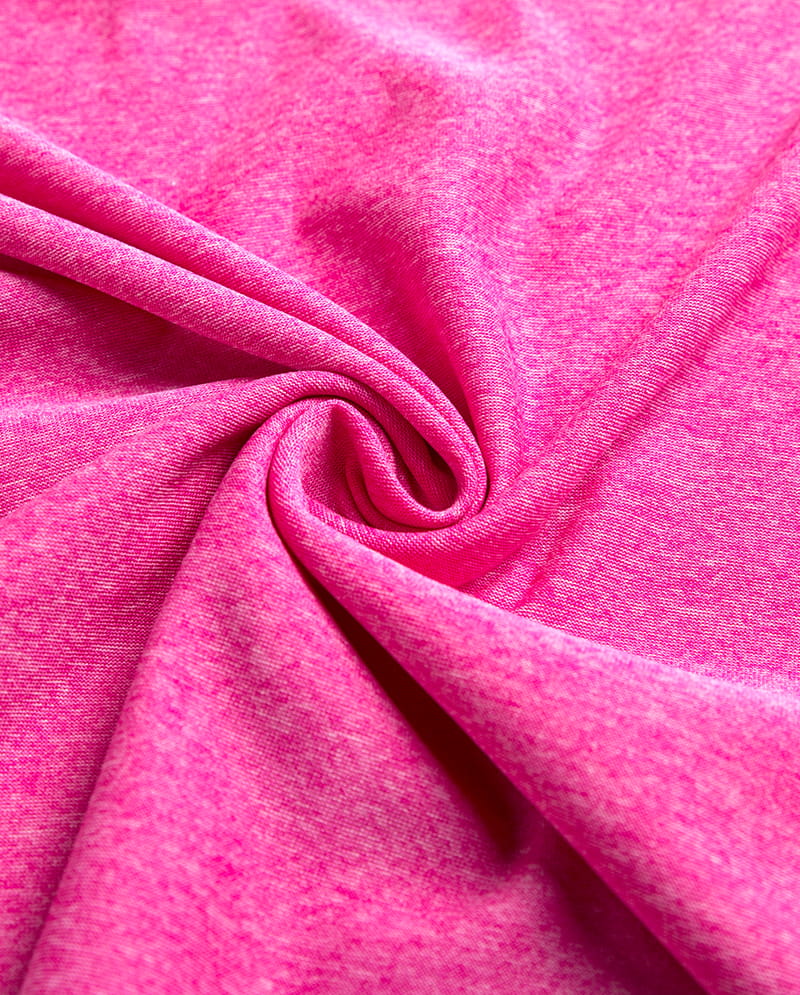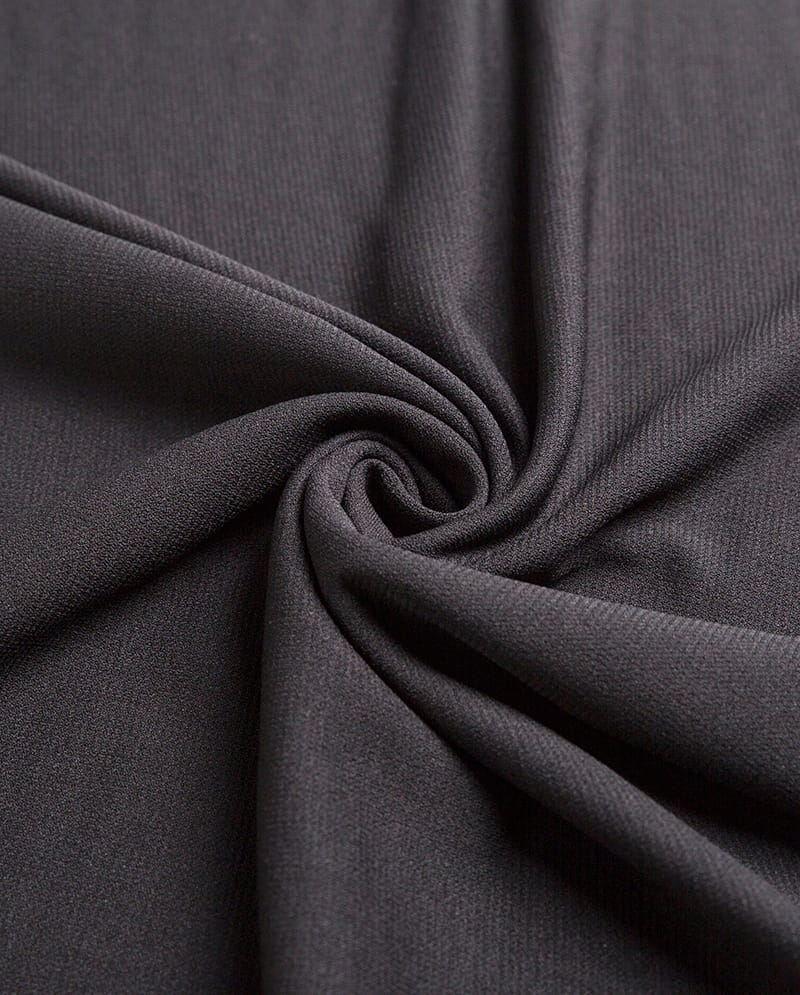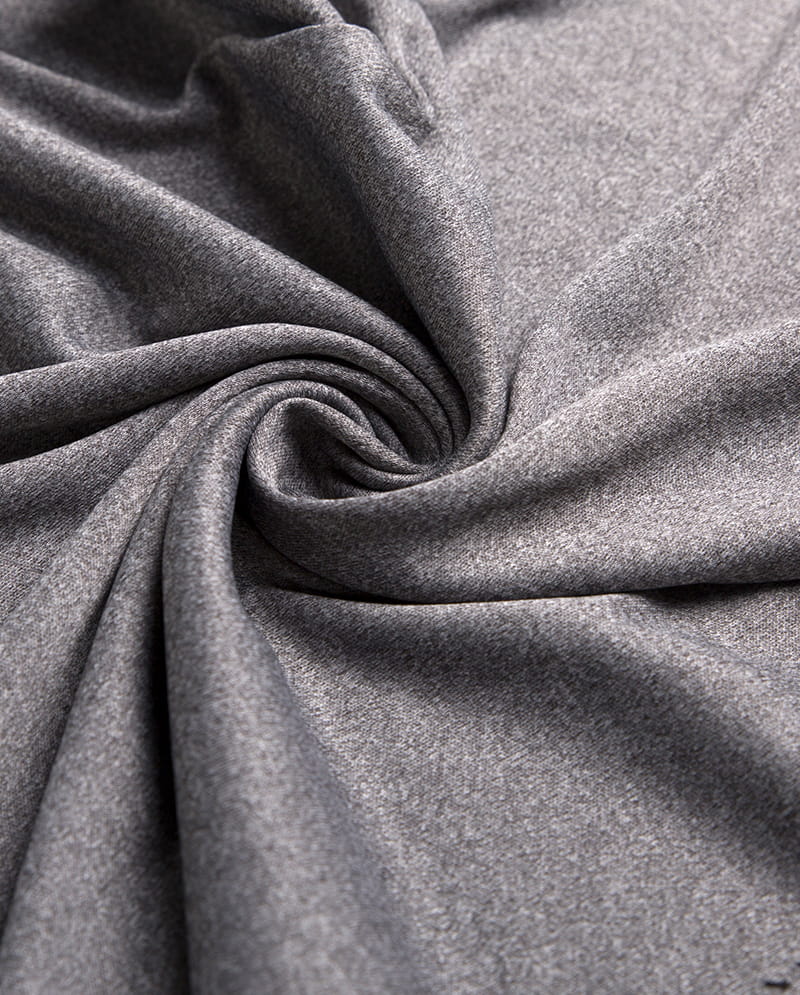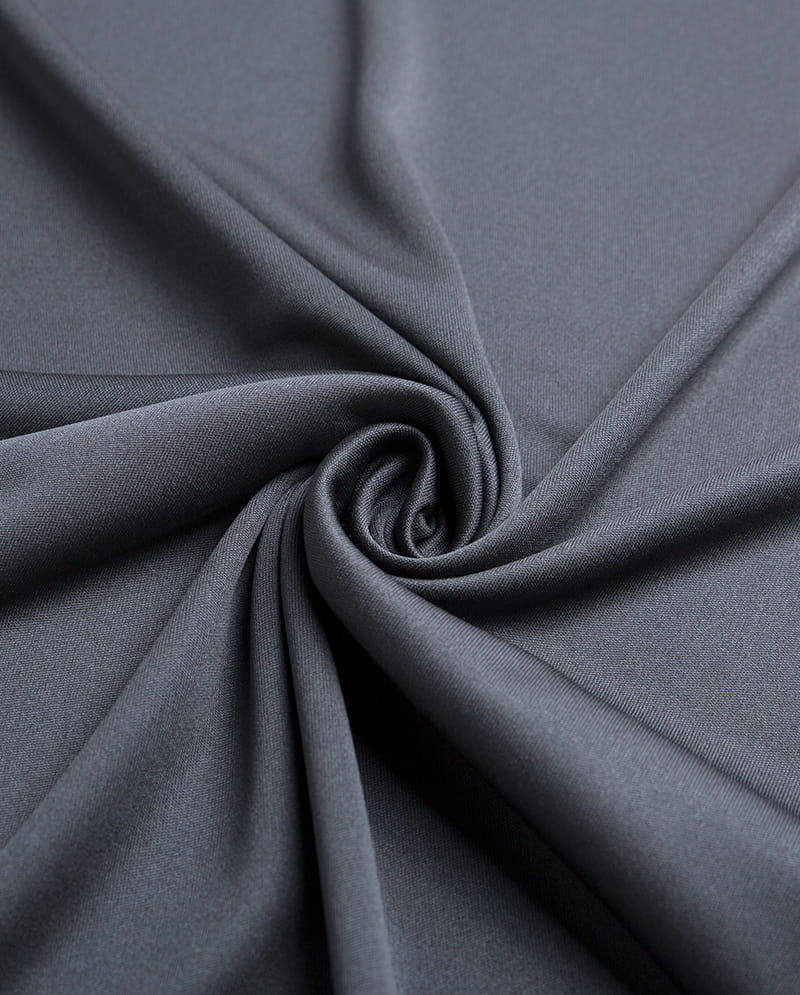What is the Difference Between FDY and DTY Yarn?
Fully Drawn Yarn (FDY) and Drawn Textured Yarn (DTY) are fundamental synthetic yarns with distinct manufacturing processes and performance characteristics. This analysis examines their technical differences without commercial bias.
Fundamental Manufacturing Processes
FDY production involves integrated spinning and drawing: Molten polymer is extruded through spinnerets, immediately drawn to align molecular chains, then wound. This continuous process yields smooth filaments with high orientation.
DTY uses a two-stage method: Partially Oriented Yarn (POY) is first spun, then textured through false-twist thermosetting. This creates coiled filaments with permanent crimp, elasticity, and bulk.
Comparative Properties Table
| Characteristic | FDY Yarn | DTY Yarn |
| Surface Texture | Smooth, straight filaments | Textured, crimped filaments |
| Tensile Strength | High (30-50 cN/tex) | Moderate (20-35 cN/tex) |
| Elongation at Break | 15-30% | 20-50% |
| Thermal Stability | Superior heat resistance | Moderate heat resistance |
| Dye Absorption | Uniform dye uptake | Variable dye affinity |
| Primary Applications | High-strength fabrics, linings, technical textiles | Stretch fabrics, knits, upholstery |
Structural Differences
FDY exhibits parallel polymer chains with crystalline orientation, producing dense fiber structures. This molecular alignment creates superior dimensional stability and minimal shrinkage.
DTY features helical molecular configurations with deliberate dislocations. The crimped structure traps air, enhancing insulation properties while reducing density by 15-30% compared to FDY.
Production Technology Comparison
FDY lines integrate spinning, drawing, and annealing in one continuous operation. Typical speeds reach 4000 m/min with precise temperature controls through multiple heating zones.
DTY manufacturing requires separate POY production followed by texturization. Draw-texturing machines operate at 600-1200 m/min using friction disks or air jets to induce torque and loop formation.
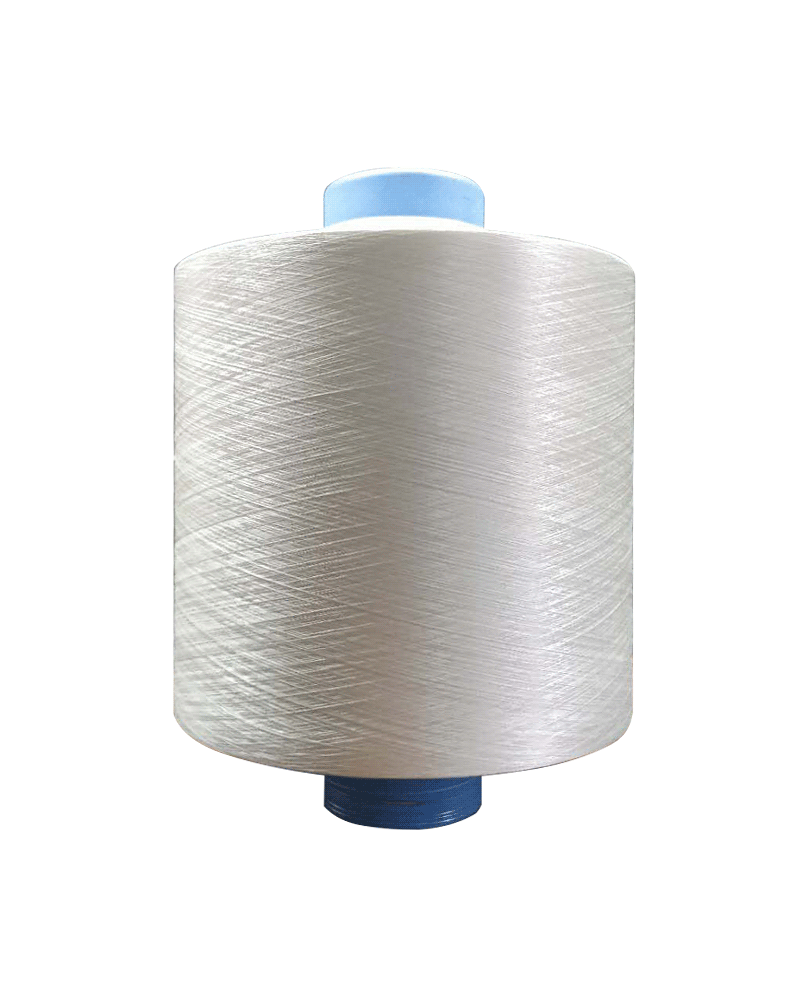
Mechanical Behavior Analysis
Under load, FDY demonstrates linear stress-strain curves with minimal recovery hysteresis. The yield point occurs near breaking strength, making it ideal for load-bearing applications.
DTY shows sigmoidal deformation curves with three distinct regions: initial crimp extension, filament stretching, and plastic deformation. It exhibits 85-95% elastic recovery at 5% strain.
End-Use Applications
FDY dominates applications requiring dimensional stability: umbrella cloth, tenting, filtration media, and sewing threads where low-friction surfaces are critical.
DTY excels in comfort applications: athletic wear, hosiery, and upholstery where bulk coverage, moisture wicking, and stretch properties are prioritized.
Quality Control Parameters
FDY requires strict control of draw ratios (typically 3.5-5.5X) and annealing temperatures. Key metrics include Uster uniformity (<1.5%), tenacity consistency, and boiling water shrinkage (4-8%).
DTY quality focuses on crimp stability (measured by CPI), texture uniformity, and entanglement consistency. Critical tests include crimp contraction percentage (15-25%) and crimp modulus.
Economic Considerations
FDY production costs are 10-15% lower due to integrated processing, but requires higher initial capital investment. Production efficiency favors large batch runs.
DTY offers greater product flexibility through POY diversification, allowing smaller production batches. Texturization adds 20-30% processing cost but enables premium pricing.
Technical Limitations
FDY Yarn cannot achieve stretch properties beyond 25% without fiber damage. Its smooth surface limits adhesion in composite applications and creates glare in certain fabrics.
DTY Yarn has inherent strength limitations and higher pilling tendency. The texturing process creates variable dye uptake, requiring sophisticated dyeing techniques.
Future Development Trends
Hybrid FDY-DTY structures are emerging, combining strength cores with textured sheaths. Sustainable production methods include bio-based polymers and closed-loop recycling systems for both yarn types.

 English
English 中文简体
中文简体